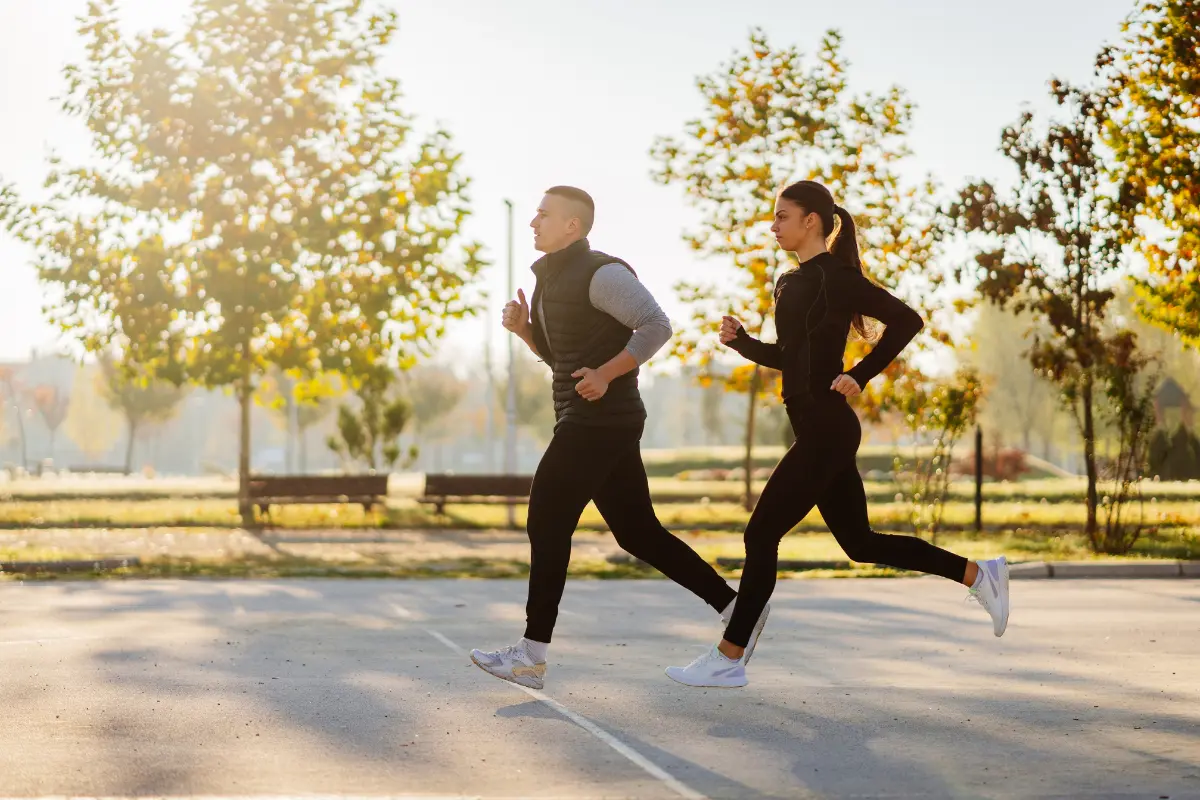Adee wanted to hear what Working Against Gravity members wanted to know. So recently she asked the WAG coaches, “What are the most common nutrition questions you’re asked?” The coaches responded, and this week Adee is addressing the most common questions asked by members!
Q: Does it matter if I track in grams or ounces?
A: There are 28 grams in every ounce. There are 2.2 pounds in every kilo. So, technically, depending on proper conversion, tracking grams or ounces is really the same thing. In other words: Weight is weight. It doesn’t really matter which measurement unit you use. However, when tracking your food, it does matter that the unit of weight on the nutrition label corresponds with the unit of weight you’re using in MyFitnessPal app. So if your nutrition label reads beef, 4 oz., make sure you enter beef, 4 oz. in your tracking app as well. Here’s another important note: the grams in weight of a food is different than the grams in terms of its macronutrient profile. For example, just because you have 100 grams of rice in weight, doesn’t mean that portion equals 100 grams of carbohydrates. We don’t want to confuse the weight of a particular food with calories or macronutrients.
Q: Why can’t I just use measuring cups?
A: So you’re measuring food in grams or ounces, but you really just want to measure a cup of broccoli. Why can’t we do that? Well, weighing food in terms of grams or ounces provides a much more accurate measurement than measuring volume with a cup or spoon. Let’s talk broccoli: Each time you put broccoli in a cup it will rest differently; thus the portion will be a bit under or a bit over. But when you measure in terms of weight, 28 grams of broccoli will always be 28 grams of broccoli. Weight is more accurate than volume.
Advertisement
Q: How do I handle feeling stuffed when I still have macros left to eat?
A: We want you to hit your macros at the end of the day, so that means getting as close as possible. Optimally, you should be within 5 grams of protein and carbs, and within 2 grams of fat. But what if you’re so full you can’t possibly eat any more? Well, if you just made a dinner, know that you can always put it away, walk away and come back to it later. The macros will still be there in the food waiting for you in your fridge for you to eat later on. But if it’s the end of the day and you still haven’t hit your macro goal, there are some options that can make things easier for you. I’d suggest drinking more calories in your day. However, this doesn’t mean slamming a soda or chugging a fruit juice; perhaps try making a healthy smoothie. Drinking food definitely feels different in your stomach than actually chewing and swallowing your food. Another great option would be choosing food sources that are a bit more dense in terms of calories. Maybe have a little more brown rice or oatmeal rather than lots of broccoli or cauliflower. Did you know it takes an entire pound of cauliflower to amount to 22 grams of carbs? However, one package of oatmeal can get you to your goal faster and you’ll feel less full. But let me clarify: lots of macros left at the end of the day doesn’t mean you should eat a bunch of beef jerky or a tub of ice cream to meet those macros. We recommend that 85-90 percent of your food comes from whole-food, nutrient-dense sources, so seek out healthier options. If that last 10-15 percent comes from somewhere else, that’s okay, but meeting macros is not a justification for making most of your diet consist of junk.
Q: How does my Working Against Gravity coach set my macros?
A: When you start working with WAG, the initial macros your coach sets are just a starting point. When determining that initial set of macros, your coach will take many factors into account. For example, we’ll look at age, weight, previous history with food, goals you have, exercise practices, body composition, food preferences and more to create an initial profile based on our previous experiences that you’re likely to be most consistent with. We use these initial macros to assess what works for your body and what changes will happen over time. Then, week by week as you meet with your coach, he/she will assess the data and adjust the program, personalizing it to you individually. This is when the magic happens!
Those are the most common questions our coaches hear from our members. I hope I’ve provided you with a little more clarity about what WAG does and about how we can help you!
Advertisement
If you still have questions about stress management or meditation, add them in the comments and I’ll address them in an upcoming blog!
Schedule a Free Intro Call
Working Against Gravity has led the macro tracking and health space for over a decade. Our team doesn’t just understand the science of nutrition—we’ve spent years mastering the art of tailoring it to fit your life. That means no cookie-cutter plans, just real strategies that have worked for over 30,000 people.
Schedule a free call with our team to learn how working with a 1-on-1 WAG coach will help you reach your goals.



